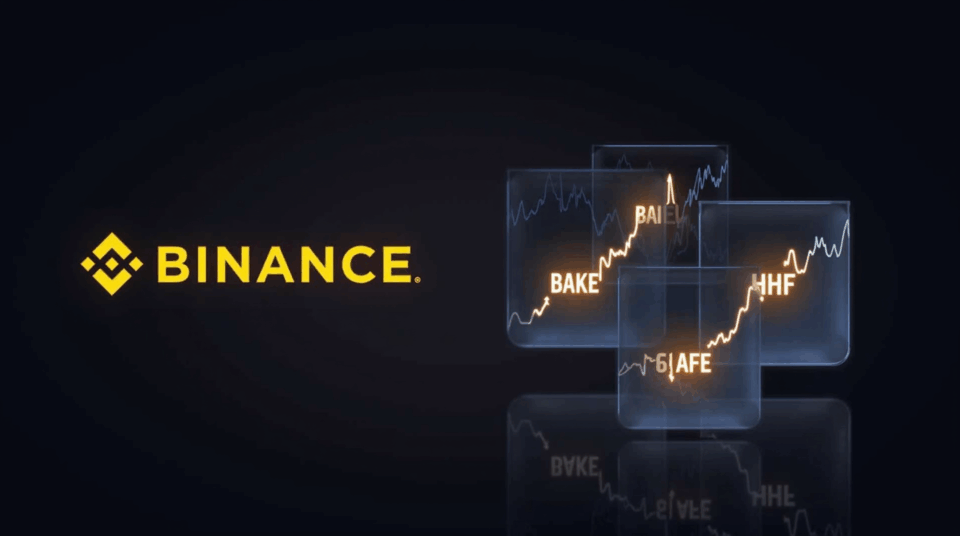Binance announced the removal of three altcoins, and before the move, prices and volumes showed significant increases. The affected coins were BakeryToken (BAKE), HIFI, and SLF, and the market reaction does not indicate technical improvements in the projects. This phenomenon reflects the tension between available liquidity, price bets, and the power of large holders in small markets.
Summary of the Movement
BAKE, HIFI, and SLF recorded price and volume spikes ahead of the delisting, with BAKE showing especially pronounced increases that exceeded normal activity. The surge occurred in a short period prior to the removal of the pair on Binance, generating trading spikes unrelated to positive news about the projects.
Mechanics Behind Pre-Delisting Surges
Three main forces explain these movements:
-
Short-term speculation: traders seek quick gains on any sign of demand.
-
Short position closures: forced buybacks temporarily push up prices.
-
Concentrated purchases by large holders: big orders in shallow order books can raise prices in minutes.
The combination of these mechanisms can create abrupt price movements without solid technical fundamentals.
Practical Signals and Risk Management
These pre-delisting surges are usually short-lived and volatile, so holding positions without a clear exit plan is risky. Recommendations include:
-
Monitor volume and depth: spikes without positive news and price gaps are warning signs.
-
Use limit orders and stop-losses: set exit levels in case of post-delisting liquidity drops.
-
Self-custody for long-term holdings: reduces dependence on the exchange.
-
Consider alternative markets and OTC trades: sell large positions without causing extreme price drops.
Prioritizing risk management and having clear exit strategies helps minimize the impact of these events.
Impact on Financial Sovereignty and the Ecosystem
The control of listings by centralized exchanges affects visibility and available liquidity for small projects, increasing risks for users and price stability. This highlights the need for:
-
Decentralized infrastructures
-
Alternative order books
-
Liquidity solutions that protect holders
Reliance on a single exchange concentrates power and amplifies the effects of such decisions on projects with limited markets.

Conclusion
The pre-delisting surge is primarily a liquidity and speculation phenomenon, not a technical improvement of the project. Participants should prioritize risk management, avoid FOMO (fear of missing out), and consider decentralized routes or OTC mechanisms to reduce the impact of pair removals on a centralized exchange.

